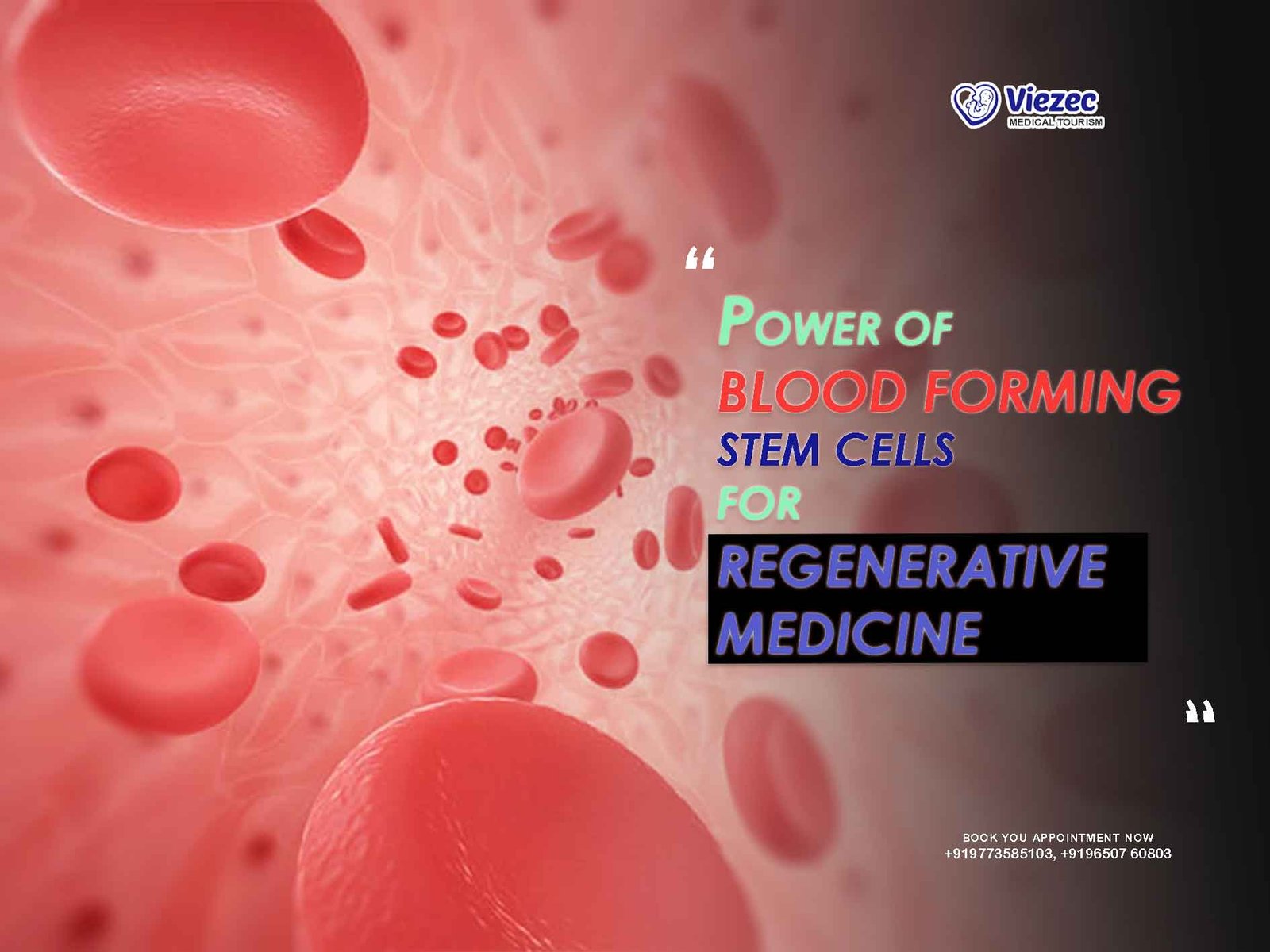In recent years, regenerative therapy has emerged as a promising alternative to traditional surgical interventions for knee injuries and degenerative conditions. The knee, being one of the most complex joints in the human body, is susceptible to various injuries and ailments, including ligament tears, cartilage damage, and osteoarthritis. While surgery has long been the go-to option for addressing these issues, regenerative therapy offers a more holistic approach by harnessing the body’s natural healing mechanisms. In this article, we delve into the potential of regenerative therapy in knee repair, exploring its different modalities, recent advancements, and future prospects.
Understanding Knee Injuries and Degeneration
Before delving into regenerative therapy, it’s essential to understand the common knee injuries and degenerative conditions that afflict millions worldwide.
Ligament Tears
One of the most prevalent knee injuries is a tear in the ligaments, particularly the anterior cruciate ligament (ACL) and the medial collateral ligament (MCL). These injuries often occur during sports activities or due to sudden twisting motions, leading to instability and pain in the knee joint.
Cartilage Damage
The cartilage in the knee acts as a cushion, preventing friction between the bones during movement. However, repetitive stress or traumatic injuries can cause cartilage damage, resulting in pain, stiffness, and restricted mobility. Over time, cartilage degeneration can progress to osteoarthritis, a chronic condition characterized by the breakdown of cartilage and inflammation of the joint lining.
Osteoarthritis
Osteoarthritis is the most common form of arthritis, affecting millions of people worldwide, especially the elderly. It occurs when the protective cartilage that cushions the ends of bones wears down over time, leading to pain, swelling, and reduced joint function. While osteoarthritis is primarily associated with aging, it can also result from joint injuries, obesity, and genetic factors.
Promise of Regenerative Therapy
Regenerative therapy offers a paradigm shift in the treatment of knee injuries and degenerative conditions by focusing on tissue repair and regeneration rather than symptom management alone. Unlike conventional surgical approaches that often involve invasive procedures and lengthy rehabilitation, regenerative techniques aim to harness the body’s innate healing capabilities to promote tissue healing and restore joint function.
Platelet-Rich Plasma (PRP) Therapy
Platelet-rich plasma (PRP) therapy involves injecting concentrated platelets derived from the patient’s blood into the injured area. Platelets contain growth factors and other bioactive proteins that stimulate tissue repair and regeneration, making PRP an attractive option for treating ligament injuries, cartilage damage, and osteoarthritis. Clinical studies have shown promising results with PRP therapy, demonstrating improvements in pain relief, joint function, and tissue healing.
Mesenchymal Stem Cell (MSC) Therapy
Mesenchymal stem cells (MSCs) are multipotent cells capable of differentiating into various cell types, including cartilage, bone, and fat cells. MSC therapy involves harvesting MSCs from the patient’s own bone marrow or adipose tissue and injecting them into the injured knee joint. These stem cells have the potential to regenerate damaged tissues, modulate inflammation, and promote tissue healing, offering a promising avenue for treating cartilage defects and osteoarthritis.
Growth Factor Therapy
Growth factors are signaling molecules that regulate various cellular processes, including cell proliferation, migration, and differentiation. Growth factor therapy involves delivering exogenous growth factors directly to the injured knee joint to stimulate tissue repair and regeneration. By targeting specific signaling pathways involved in tissue healing, growth factor therapy holds significant potential for enhancing the efficacy of regenerative treatments for knee injuries and degenerative conditions.
Recent Advancements in Regenerative Therapy
In recent years, significant advancements have been made in the field of regenerative therapy for knee repair, paving the way for more effective and personalized treatment strategies.
Biologics and Tissue Engineering
The integration of biologics and tissue engineering approaches has led to the development of innovative regenerative therapies for knee injuries and degeneration. Researchers are exploring the use of bioactive scaffolds, growth factor delivery systems, and cell-based therapies to promote tissue regeneration and enhance joint stability. These advanced techniques hold promise for overcoming the limitations of traditional treatments and achieving long-term functional outcomes.
Precision Medicine and Personalized Therapies
Advances in precision medicine and molecular profiling have enabled clinicians to tailor regenerative therapies to the individual characteristics of each patient. By analyzing genetic, molecular, and clinical data, healthcare providers can identify optimal treatment strategies and predict patient responses to regenerative interventions. This personalized approach allows for targeted delivery of therapeutics and optimization of treatment outcomes, maximizing the benefits for patients with knee injuries and degenerative conditions.
Minimally Invasive Procedures
The development of minimally invasive techniques for delivering regenerative therapies has revolutionized the field of knee repair. With advancements in arthroscopic and ultrasound-guided procedures, clinicians can precisely target the injured tissues and administer therapeutic agents with minimal trauma to surrounding structures. Minimally invasive approaches not only reduce surgical risks and recovery times but also improve patient satisfaction and outcomes, making regenerative therapy more accessible to a broader population.
Standardization and Regulation
One of the primary challenges facing regenerative therapy is the lack of standardized protocols and regulatory oversight. As the field continues to evolve, there is a need for consensus guidelines and quality assurance measures to ensure the safety, efficacy, and reproducibility of regenerative treatments. Regulatory agencies play a crucial role in establishing clear standards for product development, manufacturing, and clinical use, thereby fostering public trust and confidence in these innovative therapies.
Long-Term Outcomes and Sustainability
Another challenge in the field of regenerative therapy is the need for long-term follow-up studies to evaluate treatment outcomes and sustainability. While short-term clinical trials have shown promising results, questions remain regarding the durability and longevity of tissue regeneration achieved through these interventions. Longitudinal studies are essential for assessing the long-term efficacy, safety, and cost-effectiveness of regenerative treatments, informing clinical decision-making and guiding future research directions.
Integration with Conventional Treatments
Integrating regenerative therapy with conventional treatments presents both opportunities and challenges in the management of knee injuries and degenerative conditions. While regenerative techniques offer potential benefits such as tissue repair and regeneration, they may not always replace the need for surgery or other established interventions. Clinicians must carefully evaluate the role of regenerative therapy within the context of multimodal treatment approaches, considering factors such as patient preferences, disease severity, and treatment goals.
Make informed Decision
Regenerative therapy holds great promise for revolutionizing the treatment of knee injuries and degenerative conditions, offering a holistic approach to tissue repair and regeneration. From platelet-rich plasma and stem cell therapy to precision medicine and minimally invasive procedures, recent advancements in regenerative techniques are reshaping the landscape of knee repair. However, realizing the full potential of regenerative therapy requires addressing various challenges, including standardization, regulation, and long-term outcomes. By overcoming these hurdles and fostering interdisciplinary collaboration, we can harness the power of regenerative medicine to improve the lives of millions affected by knee injuries and degeneration.
In conclusion, the future of knee repair lies not only in surgical techniques but also in the innovative approaches offered by regenerative therapy, paving the way for a new era of personalized and sustainable healthcare.









